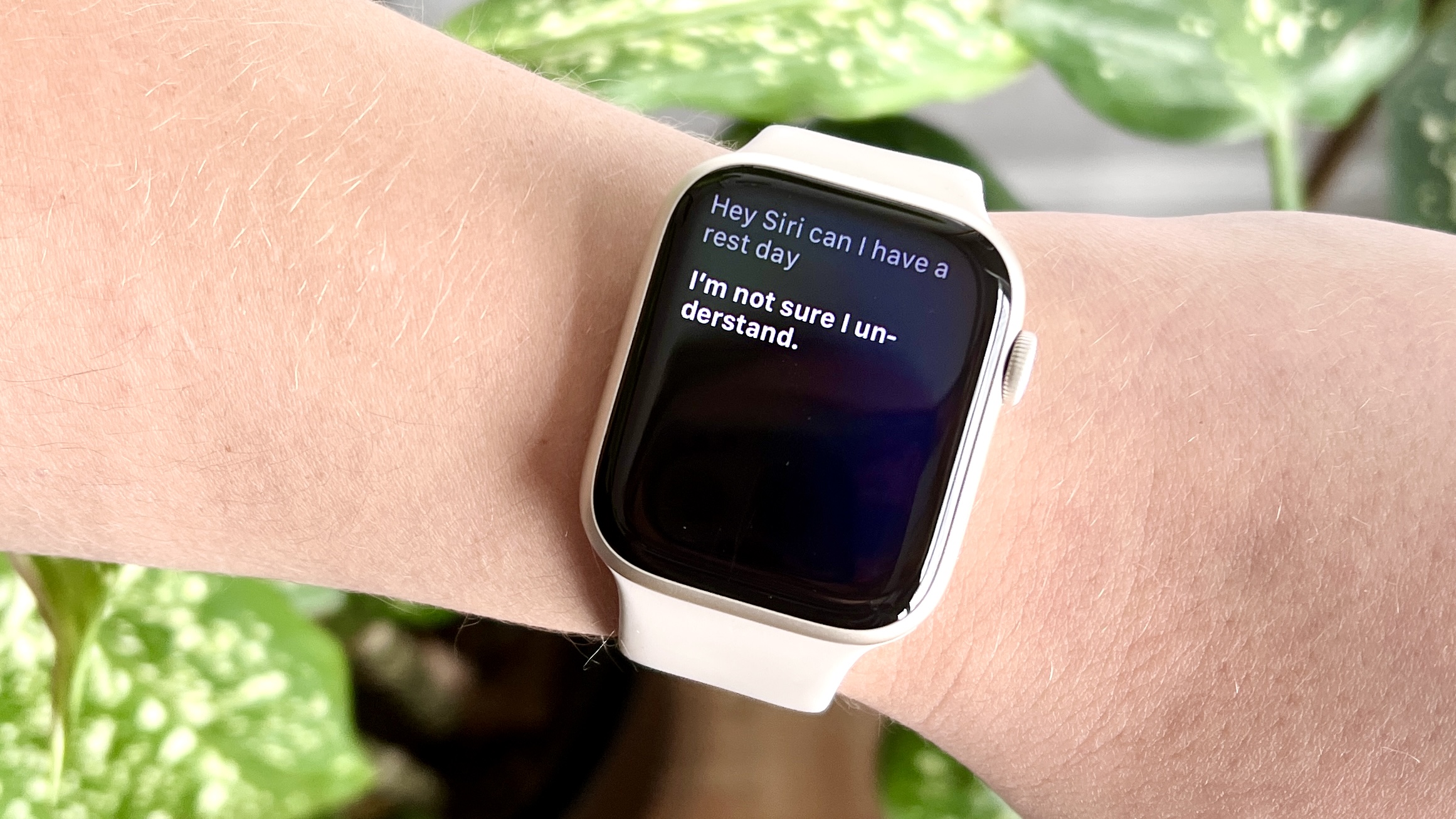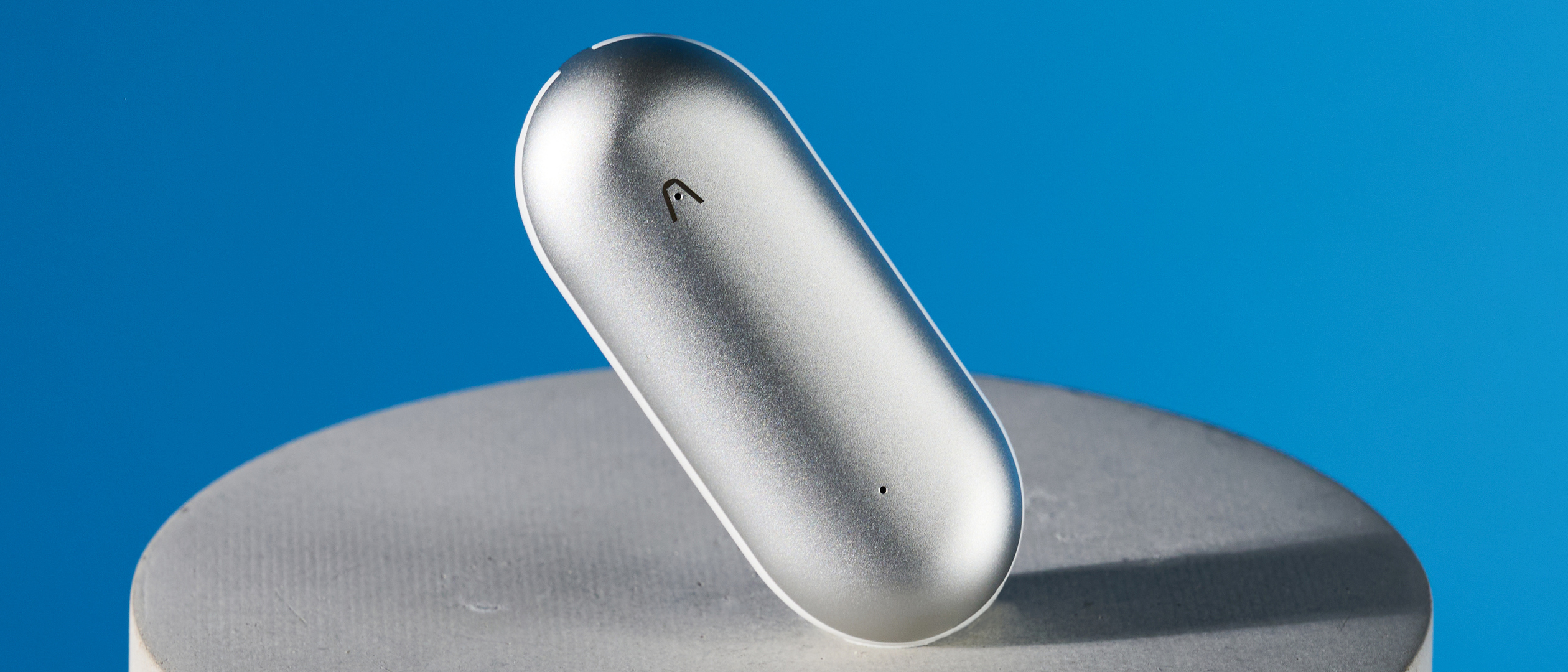This is the one feature the Apple Watch is really missing
The Apple Watch skipped on this year's most popular workout feature

I wear the Apple Watch 7 every day. Why? Because I, like many Apple Watch users, feel compelled to close my Apple Watch rings on a daily basis. And while I know nothing bad will happen if I leave any of the rings incomplete, the Apple Watch’s lack of recovery tools makes it difficult to give myself a break.
It’s no secret the Apple Watch can be a nag. Unless you know how to use the Apple Watch and opted out of activity notifications, the smartwatch nudges you to check the status of your goals and stand up after you’ve been sitting for a while. Usually, I don’t mind the encouragement. But sometimes I just need a darned break, and I don’t want to break my activity streaks to get it.
I wish the Apple Watch had an option to take a day off, a day free of reminders and rings and relying on completely closed circles for serotonin. Ideally, this so-called day off wouldn’t undermine badge progress or crush chances at winning a competition. Instead, it would let me rest easily during recovery — no sacrifice or later lazy-shaming on the side.
Any trainer or fitness expert will tell you recovery days are an important part of a workout regime. Your body benefits from dedicated time to recuperate after a day (or multiple days) of demanding exercise. This is especially true if you’re injured or struggling to sleep or eat well, say when you’re traveling or experiencing stress.
Even when I’ve maybe not been hydrated enough or my social life got me to bed late, I still attempt active recovery through stretching, yoga or a light walk. But often chipping away at my rings makes me more inclined to close them, and I wind up not taking the true recovery I need.
Apple should take notes from the competition. More of the best fitness trackers and best smartwatches offer recovery recommendations. The WHOOP strap made recovery scores mainstream, factoring in rest and workout intensities to determine when it’s time to relax. Fitbit’s new Daily Readiness Score looks to prevent overtraining with suggested workouts based on a holistic overview of your health data.
I’m currently testing the latest Oura Ring, another wearable that weighs readiness evenly with exercise. But not only does the Oura Ring promote recovery based on your quality of your sleep, and heart rate variability (HRV) — it reads your body temperature, too. If it detects a temperature trend that possibly aligns with illness, you’ll be prompted to enable “Rest Mode,” a setting that pauses your activity goals temporarily. You can manually enter rest mode when you want, too.
Sign up to get the BEST of Tom's Guide direct to your inbox.
Get instant access to breaking news, the hottest reviews, great deals and helpful tips.
Whether the Apple Watch introduces a rest mode or gives you an earned way to justify taking a day off doesn’t matter. It’s clearly missing physical recovery tools, and after seeing versions deployed on the best Fitbit trackers and my activity-tracking Oura smart ring, I want it on my Apple Watch.
Luckily, it seems like the kind of update that can be made on the software side, so I wouldn't need an Apple Watch 8 or other future Apple Watch to benefit from any recovery features Apple has planned.
Kate Kozuch is the managing editor of social and video at Tom’s Guide. She writes about smartwatches, TVs, audio devices, and some cooking appliances, too. Kate appears on Fox News to talk tech trends and runs the Tom's Guide TikTok account, which you should be following if you don't already. When she’s not filming tech videos, you can find her taking up a new sport, mastering the NYT Crossword or channeling her inner celebrity chef.

